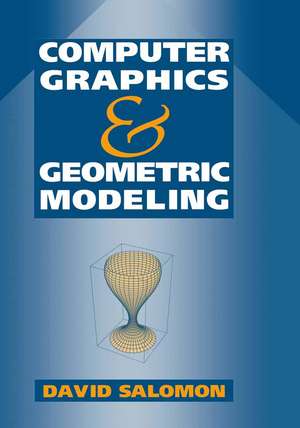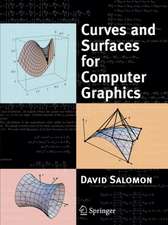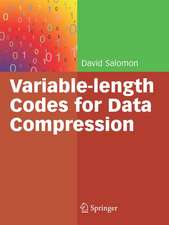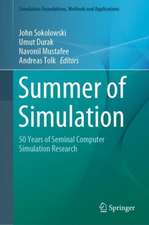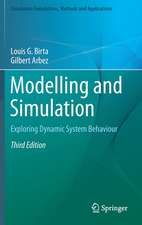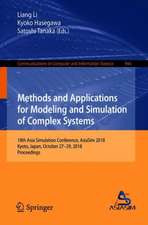Computer Graphics and Geometric Modeling
Autor David Salomonen Limba Engleză Paperback – 10 feb 2013
Preț: 380.74 lei
Preț vechi: 475.92 lei
-20% Nou
Puncte Express: 571
Preț estimativ în valută:
72.86€ • 75.79$ • 60.15£
72.86€ • 75.79$ • 60.15£
Carte tipărită la comandă
Livrare economică 10-16 aprilie
Preluare comenzi: 021 569.72.76
Specificații
ISBN-13: 9781461271703
ISBN-10: 1461271703
Pagini: 900
Ilustrații: XIX, 852 p.
Dimensiuni: 178 x 254 x 47 mm
Ediția:Softcover reprint of the original 1st ed. 1999
Editura: Springer
Colecția Springer
Locul publicării:New York, NY, United States
ISBN-10: 1461271703
Pagini: 900
Ilustrații: XIX, 852 p.
Dimensiuni: 178 x 254 x 47 mm
Ediția:Softcover reprint of the original 1st ed. 1999
Editura: Springer
Colecția Springer
Locul publicării:New York, NY, United States
Public țintă
Professional/practitionerCuprins
1. First Principles.- 2. Scan-Converting Methods.- 3. Transformations and Projections.- 4. Curves.- 5. Surfaces.- 6. Rendering.- 7. Color.- 8. Computer Animation.- 9. Image Compression.- 10. Short Topics.- A. Mathematical Topics.- 1 Fourier Transforms.- 2 Forward Differences.- 3 Coordinate Systems.- 4 Vector Algebra.- 5 Matrices.- 6 Trigonometric Identities.- 7 The Greek Alphabet.- 8 Complex Numbers.- 9 Quaternions.- 10 Groups.- 11 Fields.- References.- Answers to Exercises.- Indix.
